Benefits of Home Monitoring Systems for Seniors
Aging in place is something many seniors want, but it can be tough on families. Worrying about falls, missed medications, or unexpected health issues can be stressful, especially when you can’t be there all the time. That’s where home monitoring systems come in.
These systems help seniors stay independent while keeping families connected and reassured. They don’t just add a layer of safety—they help prevent emergencies, keep track of daily health, and make caregiving a little easier.
Let’s break down the biggest benefits of home monitoring systems and why they’re a game-changer for families with aging loved ones.
Enhanced Safety and Security
Keeping seniors safe at home is the number one priority. Home monitoring systems help prevent accidents, detect emergencies, and alert caregivers when something’s wrong.
1. Fall Detection and Emergency Response
Falls are one of the biggest risks for older adults. A bad fall can mean hospitalization, long recovery times, and even a loss of independence.
- Many home monitoring systems come with built-in fall detection sensors. If a fall happens, the system automatically alerts emergency contacts or a monitoring center.
- Some wearables can detect sudden movement changes and send out an alert.
- Smart flooring and motion sensors can notice when someone stops moving, which could indicate a fall.
Quick response times can make all the difference. Instead of waiting hours for help, emergency services can be dispatched right away.
2. Intrusion Alerts and Home Security
Seniors living alone can be targets for break-ins or scams. Home monitoring systems don’t just track health—they also provide extra security.
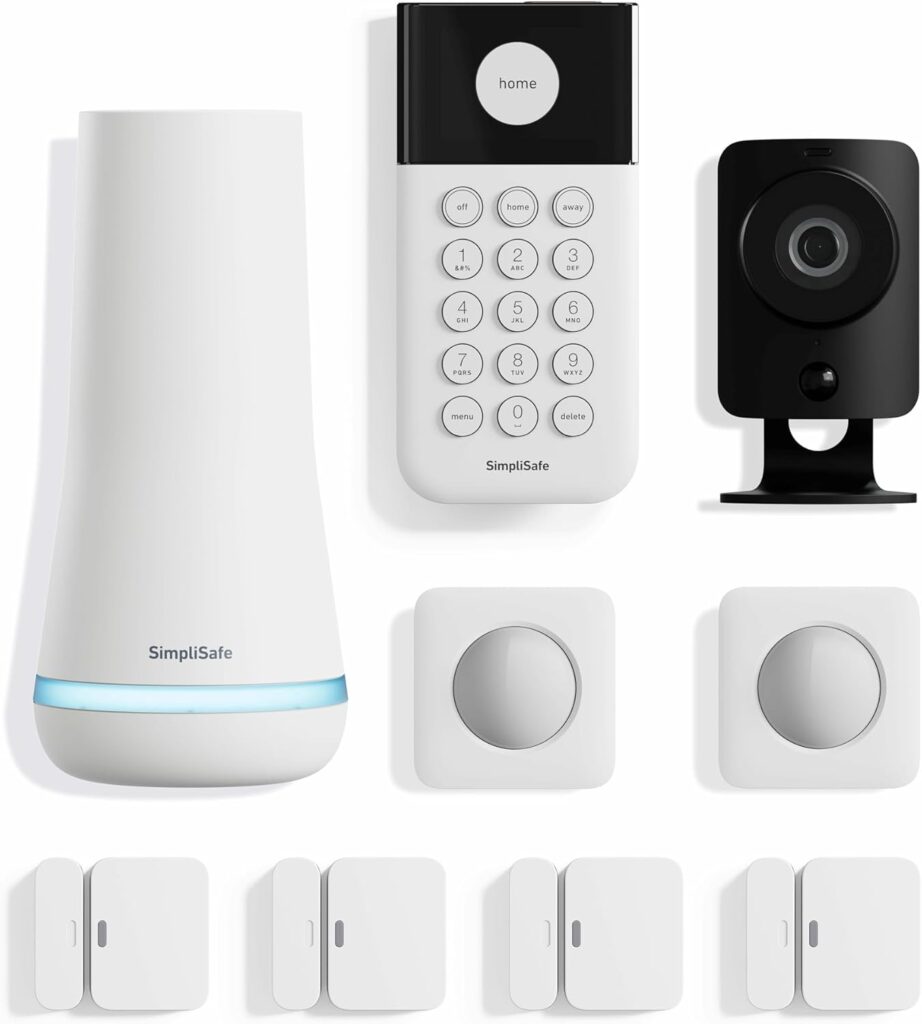
- Door and window sensors send alerts when someone tries to enter unexpectedly.
- Video doorbells let seniors see who’s at the door without getting up.
- Smart locks allow caregivers to control home access remotely, preventing unwanted visitors.
Feeling safe at home isn’t just about comfort—it’s about confidence. A secure home makes independent living possible.
Health Monitoring and Early Intervention
Staying on top of health issues before they become emergencies is one of the biggest advantages of home monitoring systems. Many seniors live with chronic conditions, and catching changes early can prevent hospital visits and serious complications.
1. Vital Signs Tracking
Some monitoring systems keep an eye on vital health data, giving families and doctors real-time updates on a senior’s well-being.
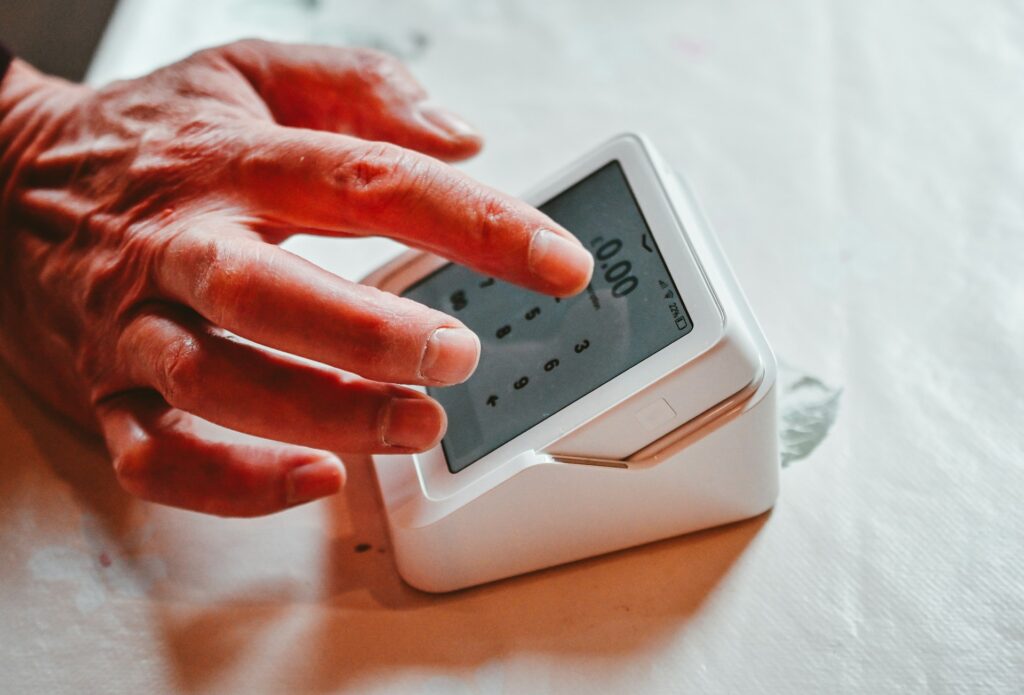
- Wearable devices can track heart rate, blood pressure, oxygen levels, and even detect irregular heart rhythms.
- Smart scales monitor weight changes, which can indicate fluid retention or other health issues.
- Glucose monitors help diabetic seniors stay on top of their blood sugar levels.
These tools don’t just record numbers—they send alerts when something’s off, helping caregivers and doctors step in before things get worse.
2. Medication Management
Taking the right medication at the right time is critical, especially for seniors managing multiple prescriptions. Missed doses or incorrect use can lead to serious health problems.
- Automated pill dispensers remind seniors when to take their meds and only release the correct dosage.
- App-based reminders send notifications to both the senior and their caregivers.
- Connected monitoring systems can track whether medication is taken and send alerts if a dose is missed.
This level of support can help prevent complications and ensure seniors stick to their treatment plans.
Support for Independent Living
Most seniors want to stay in their own homes as long as possible, but that can be tough without some level of oversight. Home monitoring systems bridge the gap, providing just enough support to keep aging loved ones safe without taking away their independence.
1. Activity Monitoring
Routine changes can be a big red flag. If a senior who normally wakes up at 7 a.m. doesn’t move all morning, it might mean something’s wrong. Home monitoring systems help track daily habits and detect unusual patterns.
- Motion sensors can tell if a senior is up and moving around at their usual times.
- Smart beds monitor sleep patterns and alert caregivers if someone isn’t getting out of bed.
- Connected kitchen appliances can track if meals are being prepared regularly.
If anything seems off, the system sends an alert, giving caregivers a chance to check in before a small problem turns into a bigger issue.
2. Environmental Controls
Simple household tasks can become challenging as mobility declines. Smart home features built into home monitoring systems help seniors stay comfortable without the struggle.
- Voice-activated assistants allow them to turn on lights, adjust the thermostat, or lock doors with a simple command.
- Automated lighting can prevent falls by turning on when movement is detected at night.
- Smart plugs and appliances make it easier to control household devices without reaching, bending, or walking across the house.
These small conveniences help seniors maintain their independence without unnecessary risks.
Peace of Mind for Families and Caregivers
Caring for an aging loved one is a full-time concern, even when you can’t be there 24/7. Home monitoring systems help take some of the stress off family members by keeping them connected and informed.
1. Real-Time Alerts and Notifications
One of the biggest benefits of home monitoring systems is their ability to send instant updates when something seems off.
- Missed medication reminders notify caregivers when a dose is skipped.
- Fall detection alerts are sent immediately if the system detects a fall.
- Unusual activity notifications let families know if there’s a change in routine, like a senior not getting out of bed or skipping meals.
This allows family members to step in quickly when needed instead of worrying and guessing from a distance.
2. Remote Access and Communication
Many home monitoring systems come with built-in communication features, making it easier for families to stay in touch.
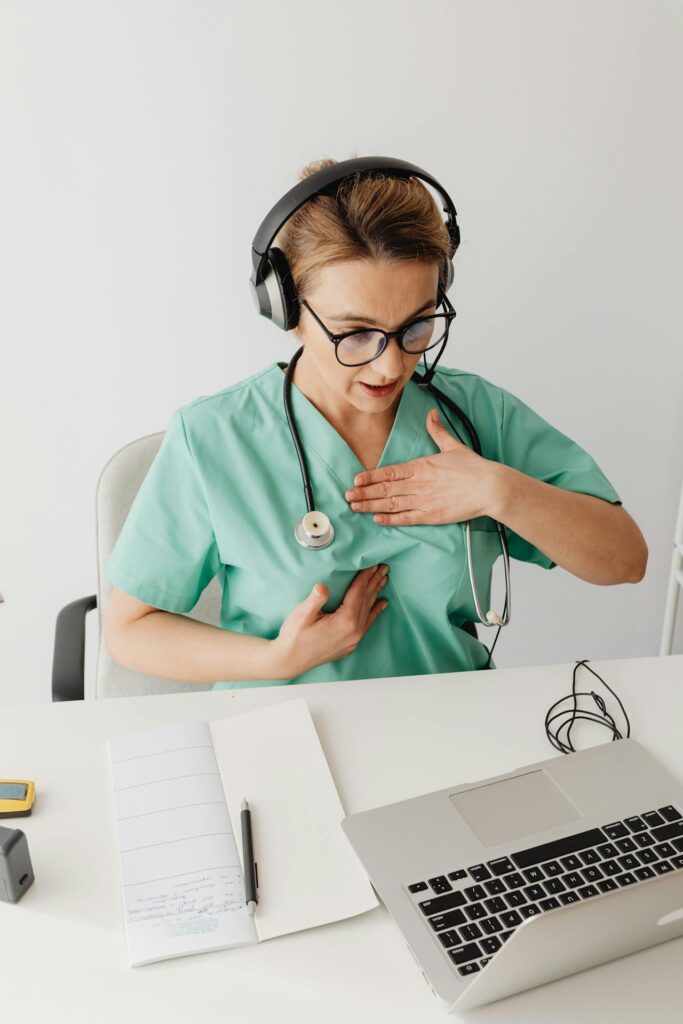
- Live video feeds let caregivers check in visually without making a phone call.
- Two-way audio systems allow for quick conversations through smart speakers or monitoring devices.
- Caregiver dashboards provide a snapshot of a senior’s daily activity, health trends, and any recent alerts.
These tools don’t just reduce stress—they strengthen the connection between families and their aging loved ones.
Cost-Effectiveness and Healthcare Integration
Caring for an aging loved one can get expensive, especially when health issues lead to frequent hospital visits or the need for in-home care. Home monitoring systems can help cut down on some of these costs by preventing emergencies and making healthcare more efficient.
1. Reduction in Hospital Visits
Emergency room trips and hospital stays add up quickly, but home monitoring systems help catch problems early, reducing the need for urgent care.
- Health tracking devices alert caregivers and doctors before a condition worsens.
- Medication reminders help prevent complications from missed doses.
- Fall detection systems speed up response times, leading to better recovery outcomes and fewer long-term health issues.
By managing health proactively, seniors can avoid unnecessary hospital stays and stay comfortable at home longer.
2. Insurance and Healthcare Support
Some home monitoring systems may be covered by insurance or included in healthcare programs, depending on the provider and the senior’s specific needs.
- Medicare Advantage plans sometimes offer coverage for remote monitoring tools.
- Long-term care insurance may help offset costs for eligible seniors.
- Healthcare provider partnerships make it easier for doctors to access real-time data from monitoring devices.
Checking with insurance providers and healthcare networks can help families find cost-effective solutions that fit their needs.
Choosing the Right Home Monitoring System
Not all home monitoring systems are created equal. The right one depends on your loved one’s specific needs, health conditions, and lifestyle. With so many options available, it helps to know what to look for.
1. Assessing Individual Needs
Before choosing a system, consider what kind of support your loved one needs most.
- For fall risks → Look for a system with automatic fall detection and emergency response.
- For chronic health conditions → A system with vital sign tracking and medication reminders is ideal.
- For memory issues or dementia → Choose a system with GPS tracking, activity monitoring, and emergency alerts.
- For general security → Consider a system with video monitoring, door sensors, and smart locks.
A senior who is still relatively active will need a different setup than someone with limited mobility or cognitive decline. Taking these factors into account makes sure you get a system that actually improves their quality of life.
2. Key Features to Consider
Once you’ve identified specific needs, focus on features that make home monitoring systems reliable and easy to use.
- Ease of use → The system should be simple for both seniors and caregivers to navigate.
- Reliability → A system with a strong track record and good customer reviews is a safer bet.
- 24/7 monitoring → Some services offer professional monitoring with real-time emergency response.
- Remote access → A system that allows family members to check in from anywhere can provide extra peace of mind.
- Scalability → As needs change, the system should be able to adapt with add-ons or upgrades.
Testing out different options, reading reviews, and even scheduling demos can help families find a system that works best for them.
Conclusion
Home monitoring systems do more than just keep seniors safe—they give families peace of mind, help prevent emergencies, and make independent living a real possibility for aging loved ones.
The Key Benefits at a Glance
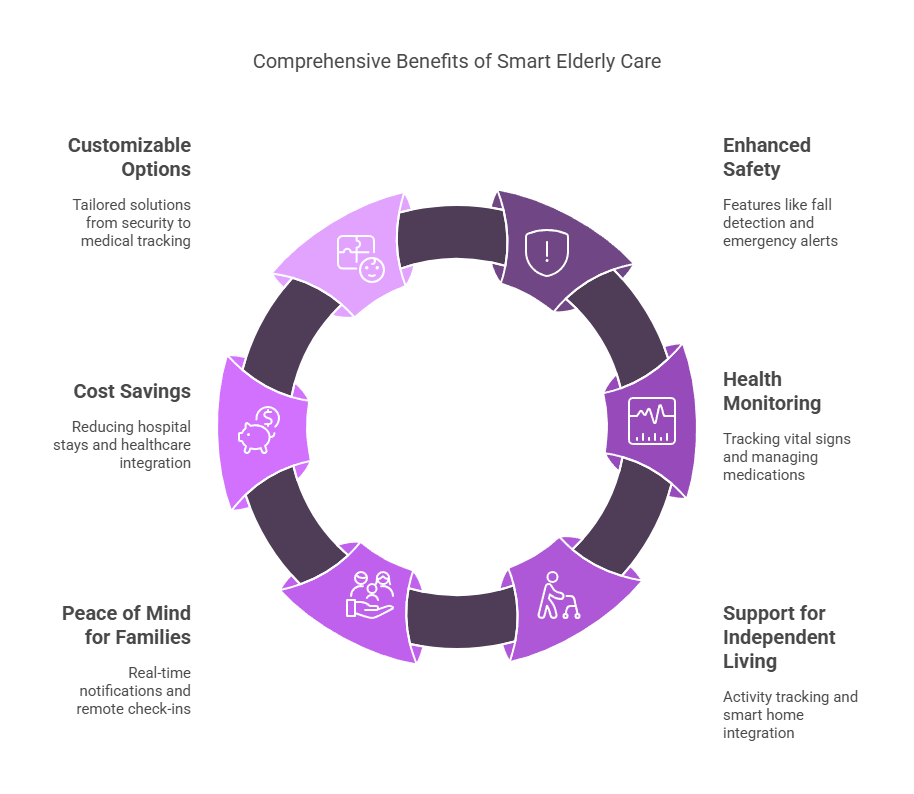
- Enhanced safety with fall detection, emergency alerts, and home security.
- Health monitoring to track vital signs, manage medications, and prevent hospital visits.
- Support for independent living through activity tracking and smart home features.
- Peace of mind for families with real-time notifications and remote check-ins.
- Cost savings by reducing hospital stays and integrating with healthcare plans.
- Customizable options to fit specific needs, from basic security to advanced medical tracking.
For families navigating the challenges of senior care, home monitoring systems offer a simple yet powerful way to provide support without taking away independence. With the right system in place, seniors can continue living comfortably at home while caregivers stay connected—no matter where they are.
Frequently Asked Questions (FAQ)
1. What is a home monitoring system for seniors?
A home monitoring system is a set of devices designed to help seniors live safely and independently. These systems can include fall detection sensors, health tracking devices, security cameras, medication reminders, and emergency response features. They provide real-time alerts to family members and caregivers when something seems off.
2. How do home monitoring systems detect emergencies?
Most systems use a combination of motion sensors, wearables, and smart alerts to detect unusual activity. For example:
- Fall detection sensors trigger alerts if a sudden movement or lack of movement is detected.
- Vital sign monitoring tracks heart rate, oxygen levels, and other health indicators.
- Security sensors notify caregivers if doors or windows are unexpectedly opened.
3. Can seniors use home monitoring systems if they’re not tech-savvy?
Yes! Many home monitoring systems are designed with seniors in mind and have simple interfaces, voice-activated controls, and automatic alerts. Some systems also allow family members to manage settings remotely so seniors don’t have to interact with the technology directly.
4. Do home monitoring systems require a monthly subscription?
It depends on the system. Some have one-time purchase options, while others require a monthly subscription for features like 24/7 emergency monitoring, cloud storage for video footage, or access to remote caregiver apps. It’s important to compare options based on your needs and budget.
5. What’s the best home monitoring system for aging loved ones?
The best system depends on the individual’s needs. For general safety, fall detection and emergency response systems work well. If health tracking is a priority, look for vital sign monitoring and medication reminders. For seniors with memory loss, GPS tracking and smart home automation can provide added security. Checking reviews and testing out different options can help families find the best fit.

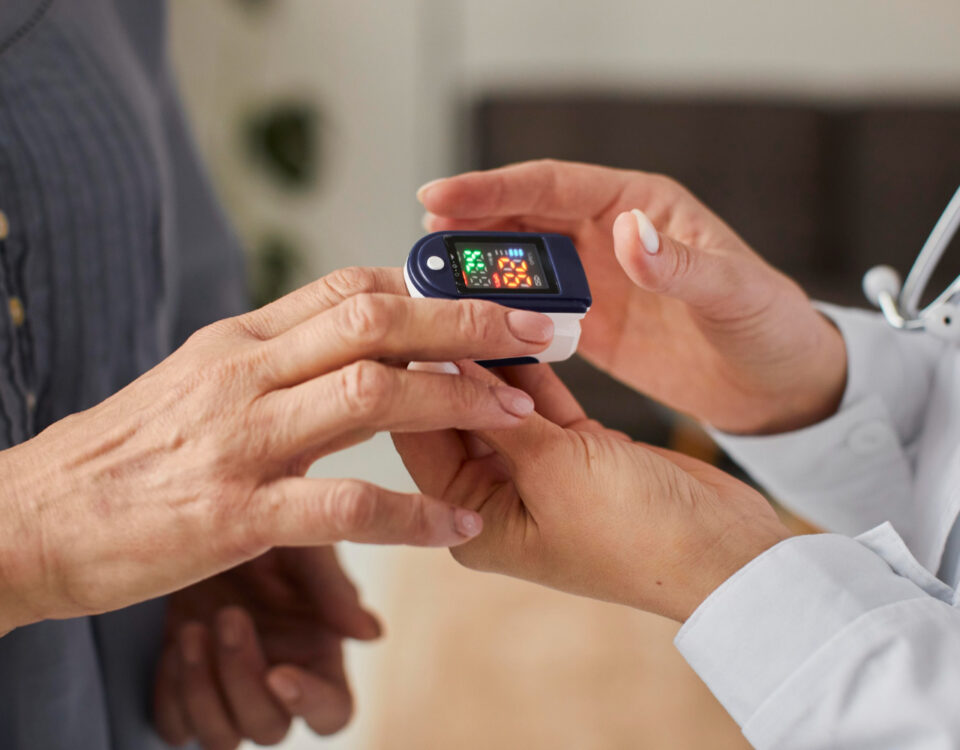
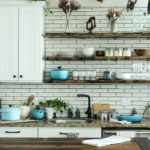
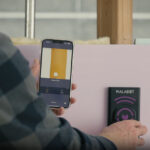
1 Comment
How to Create a Smart Home for Seniors - Eldernook
3 weeks ago[…] A smart home for seniors isn’t about adding tech just for the sake of it—it’s about making their lives easier in practical ways. […]